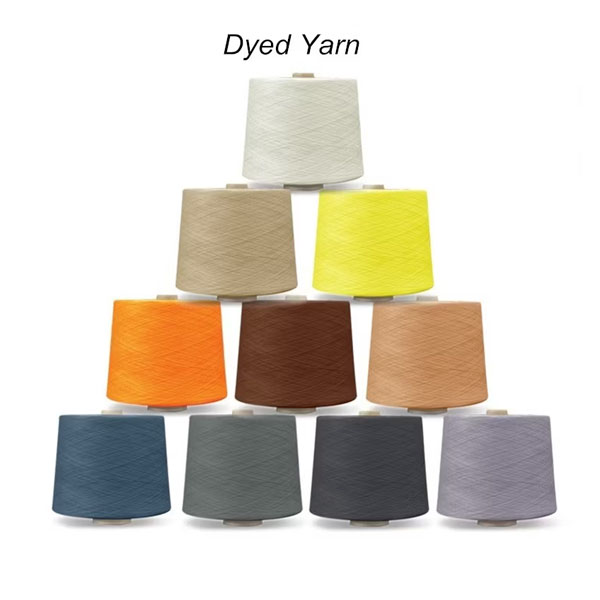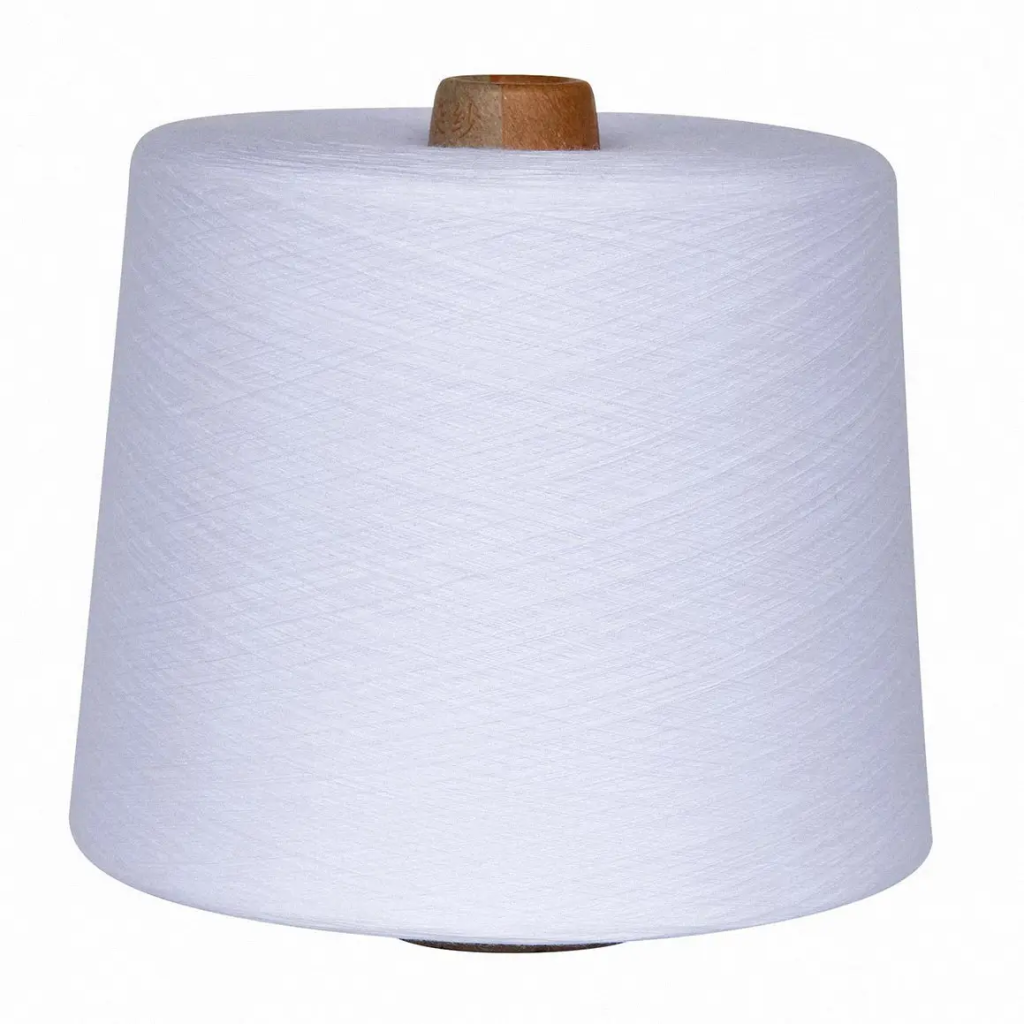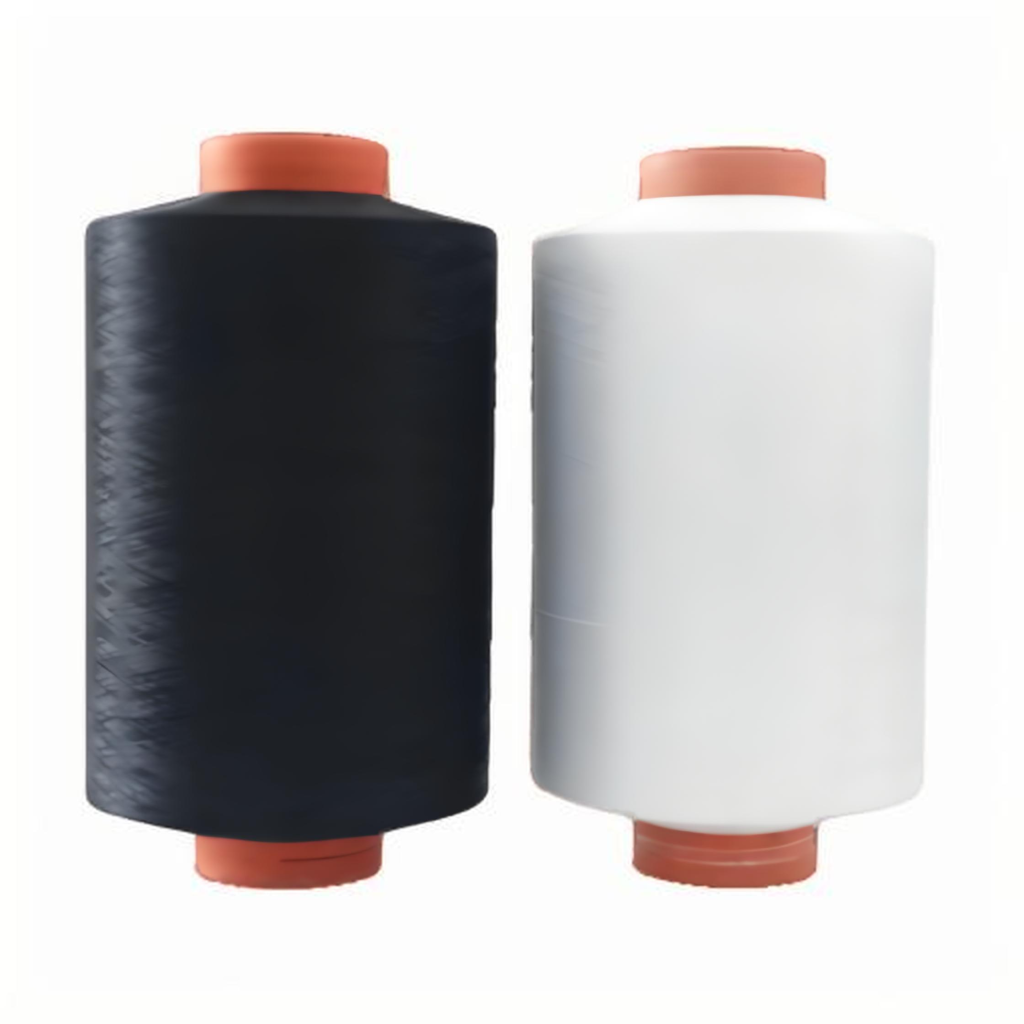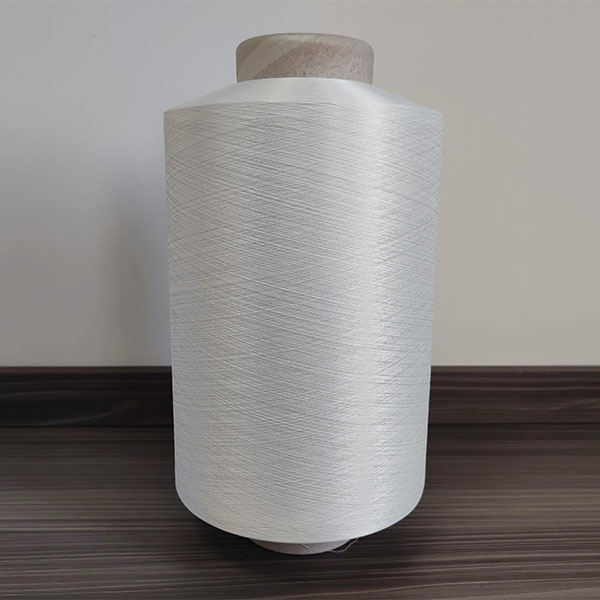Understand critical sewing thread acceptance criteria to ensure quality and reliability. These standards help in evaluating thread strength, durability, and suitability for various applications, ensuring consistent performance in all sewing projects.
In the textile and garment industries, ensuring the consistency and performance of sewing threads is critical to the success of any production line. A single spool of defective thread can lead to stitching failures, production delays, and costly product recalls. Therefore, having clear and enforceable sewing thread acceptance criteria is essential for both manufacturers and buyers.
إن GB/T 6836-2007 national standard provides comprehensive technical requirements and testing methods for sewing threads, including acceptance rules that govern how thread quality is assessed at the point of delivery. This standard not only outlines physical and chemical performance benchmarks but also defines procedures for sampling, inspection, dispute resolution, and acceptable levels of moisture and packaging integrity.
This article explores how manufacturers and buyers can navigate sewing thread acceptance criteria under GB/T 6836-2007. By following these guidelines, businesses can minimize disputes, ensure quality consistency, and strengthen supply chain reliability.
Acceptance Testing Is a Structured Process to Verify Thread Compliance
Acceptance testing is a vital step in the thread supply chain, designed to confirm that delivered threads meet the agreed quality and standard specifications. According to GB/T 6836-2007, acceptance testing involves evaluating both the physical appearance and performance characteristics of the thread batch, including tensile strength, elongation, colorfastness, evenness, and visual defects.
In line with sewing thread acceptance criteria, the process typically begins with a comparison of the product’s technical documentation to the requirements stated in the purchase agreement and relevant standards. This includes examining labels, batch numbers, moisture levels, packaging integrity, and specification sheets.
Tests are carried out in certified laboratories or designated inspection rooms using standardized equipment. For example, tensile testing machines, color assessment cabinets, and moisture analyzers are used to verify technical properties. Only those thread batches that pass all parameters are accepted for use or resale.
By applying consistent acceptance testing protocols, manufacturers can demonstrate compliance, and buyers can confirm that they are receiving threads that meet the expected level of quality.

Color customization
Sampling Methods Vary Based on Thread Type and Batch Size
To make the testing process practical and efficient, GB/T 6836-2007 specifies systematic sampling procedures based on the type of thread and the size of the shipment. Sampling is necessary because testing every single cone or spool is not feasible in large-scale operations.
According to the sewing thread acceptance criteria, sampling is performed using a defined statistical model to ensure representativeness. For general-purpose polyester threads, the number of units to sample increases with the shipment size. For example, if a shipment includes 1,000 spools, a randomly selected sample of 50 to 80 units may be tested, depending on the risk level and inspection rigor required.
Threads with specialty applications—such as fire-retardant or UV-resistant threads—may require more stringent sampling and expanded performance testing. In these cases, not only physical and mechanical properties are evaluated, but also chemical resistance and long-term durability under environmental stress.
All samples must be drawn using random selection techniques and documented carefully. Mislabeling or incorrect sampling procedures can render the test results invalid and lead to unnecessary disputes.
Proper sampling, as outlined in sewing thread acceptance criteria, ensures fairness in testing and prevents false negatives or positives that could disrupt production or damage supplier relationships.
Buyers Are Expected to Inspect Specific Quality Parameters Upon Receipt
While manufacturers are responsible for testing and documentation prior to shipment, buyers also have duties under sewing thread acceptance criteria. Upon receipt of the goods, buyers must conduct visual and basic quality inspections to verify that the products conform to expectations before full-scale usage.
Buyers should first confirm that the packaging is intact and dry, and that the correct product types and quantities have been received. Labels must match the purchase order, and all cones or spools should be undamaged, properly wound, and consistent in appearance.
In the context of sewing thread acceptance criteria, visual inspection includes checking for color consistency across spools, absence of stains or oil marks, no loose winding or collapsed cones, and no visible knots or irregularities. Minor variations that fall within the permissible range defined by the standard are acceptable, but any major discrepancies should be reported immediately.
It’s also advised for buyers to conduct random tensile strength or colorfastness tests in-house if possible. Even if full lab testing is not feasible, simple pull tests or color rub tests can help flag issues early.
Timely and documented inspections allow for quicker resolution in case of disputes and show due diligence in the acceptance process. In this way, both buyer and supplier align with the mutual responsibilities embedded in sewing thread acceptance criteria.
Dispute Resolution and Re-Inspection Rules Are Clearly Defined
Despite best practices, quality disputes may occasionally arise. To address such situations, GB/T 6836-2007 provides guidelines for re-inspection and dispute resolution mechanisms that protect both parties’ interests.
If a buyer raises concerns about thread quality within the agreed acceptance period, they are entitled to request a re-inspection. This re-inspection should be conducted by a mutually recognized third-party laboratory or quality control agency, ideally one accredited under national or international testing standards.
Under the sewing thread acceptance criteria, both parties must agree on the sampling process, testing methods, and defect thresholds before re-inspection begins. If the re-inspection confirms the defect, the buyer may request a replacement shipment, partial refund, or discount, depending on the severity of the nonconformity.
It is important that disputes are handled based on facts and documented data. Emotional responses, incomplete records, or informal testing can undermine trust and complicate resolution. Clear communication and adherence to the acceptance standard provide a structured, professional way to resolve such issues.
By institutionalizing dispute procedures, sewing thread acceptance criteria help build long-term business relationships based on accountability and fairness.
Moisture Content and Shipment Handling Must Comply with Specific Limits
Another important component of sewing thread acceptance criteria is the moisture content of the thread at the time of shipment and receipt. High moisture levels can lead to mildew, dye migration, strength loss, or increased product weight, all of which negatively impact quality and usability.
GB/T 6836-2007 sets specific upper limits for moisture content, typically not exceeding 1.0% to 2.0% depending on the fiber type and thread finish. Threads exceeding this limit are considered non-compliant and subject to rejection or drying treatment.
Manufacturers must dry threads thoroughly after dyeing or finishing and seal them in moisture-resistant packaging. Desiccants may be added to cartons for long-distance or sea freight shipments. Temperature and humidity should be monitored during warehousing and transit.
Buyers are encouraged to use moisture meters or electronic balances to verify moisture levels on receipt. A random sample is typically sufficient to identify systemic moisture problems.
Proper shipment handling, including covered transportation, storage in dry areas, and fast unloading, also contributes to compliance with sewing thread acceptance criteria. All parties in the supply chain must treat moisture control as a critical factor in thread quality.
Sewing thread acceptance is a multifaceted process rooted in the clear, technical guidance of the GB/T 6836-2007 standard. From pre-shipment testing to dispute resolution, every stage of the acceptance workflow is designed to protect product quality and ensure buyer satisfaction.
إن standard emphasizes that sewing thread acceptance criteria are not just about passing tests—they reflect a shared commitment between manufacturers and buyers to uphold excellence in every delivery. By understanding and implementing these rules, both sides can achieve consistency, reduce losses, and maintain the high performance expected in today’s competitive textile industry.
Sewing Thread Acceptance Criteria FAQ
1. What are the basic appearance requirements for acceptable sewing thread?
The sewing thread should have a uniform color with no visible color variations, streaks or stains. Its thickness should be consistent throughout, without noticeable thin or thick spots. The thread should also be free from any manufacturing defects such as knots, loops or twists that could affect sewing performance.
2. What strength – related criteria must sewing thread meet?
The thread must possess adequate tensile strength to withstand the stresses of sewing and the normal use of the sewn product. It should not break easily during the sewing process under standard tension settings. The strength should be appropriate for the type of fabric and the purpose of the seam; for example, stronger threads are required for reinforcing seams on heavy – duty materials compared to delicate fabrics.
3. How important is thread compatibility with different fabrics?
Thread acceptance depends on its compatibility with the fabric it will be used on. Factors include fiber content compatibility, as some threads may cause adverse reactions (like shrinking or discoloration) when used with certain fabrics during washing or cleaning. The thread’s texture should also complement the fabric’s texture for both aesthetic and functional reasons. For instance, a very thick thread might not lie smoothly on a fine, lightweight fabric and could cause discomfort or an undesirable appearance in the finished product.

Sewing Thread
In the complex world of textile manufacturing, reliable quality assurance depends heavily on clearly defined and consistently enforced standards. إن GB/T 6836-2007 rules provide a detailed framework for ensuring that sewing threads meet both performance and aesthetic requirements upon delivery. Whether you are a manufacturer, a distributor, or a buyer, understanding and implementing these sewing thread acceptance criteria is critical to maintaining product integrity and operational efficiency.
From proper sampling and lab testing to visual inspections and moisture content monitoring, every detail counts. Moreover, structured dispute resolution mechanisms and re-inspection rules create an environment of trust and professionalism that minimizes friction and enhances long-term partnerships.
By strictly following sewing thread acceptance criteria, companies not only prevent costly production delays and customer complaints but also reinforce their reputation for reliability and quality. In an increasingly quality-conscious marketplace, adherence to such standards isn’t just a formality—it’s a competitive advantage.
الأخبار السابقة
Proper Packaging and Storage of Sewing Threads ...الأخبار القادمة
Waxed Cotton Sewing Thread: GB/T 6836-2007 Requ...
بواسطة الغزل
ميزات المنتج
-
 خيوط البوليستر DTY 100D/144F 100D/144F
خيوط البوليستر DTY 100D/144F 100D/144Fخيوط البوليستر DTY 100D/144F: الدليل النهائي...
-
 خيوط بوليستر DTY 100D/96F 100D/96F
خيوط بوليستر DTY 100D/96F 100D/96Fخيوط البوليستر DTY 100D/96F: خيوط البوليستر الناعمة والمستقرة...
-
 خيوط البوليستر DTY 75D/144F SIM 75D/144F
خيوط البوليستر DTY 75D/144F SIM 75D/144Fخيوط بوليستر DTY 75D/144F SIM: الاختيار الأفضل لـ